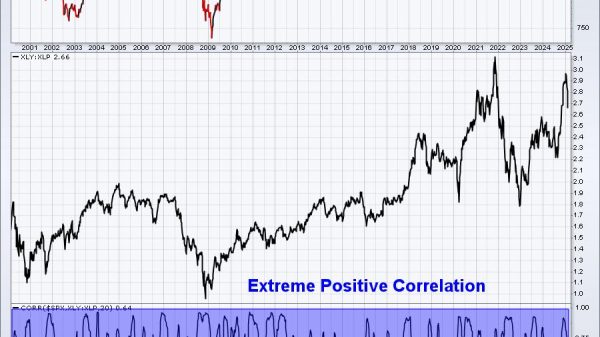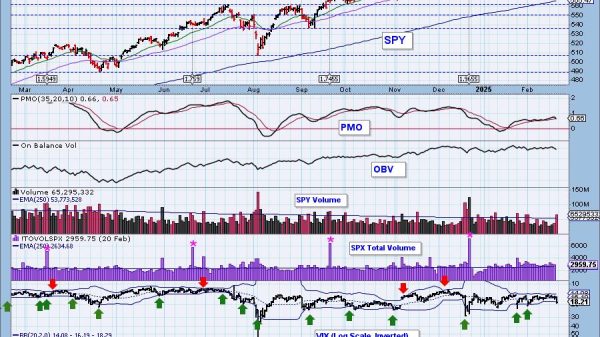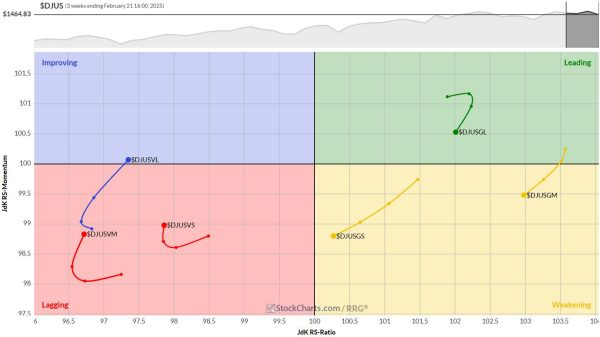WASHINGTON – US job growth likely slowed in February after two straight months of robust gains, but the labor market probably remains too strong for the Federal Reserve to consider cutting interest rates by June as currently anticipated by financial markets.
The Labor Department’s closely watched employment report on Friday is also expected to show the unemployment rate unchanged at 3.7% for the fourth consecutive month and the annual increase in wages only slowing marginally. The labor market is supporting the economy, which is outperforming its global peers.
Fed Chair Jerome Powell told lawmakers this week that rate cuts would “likely be appropriate” later this year, but emphasized they “really will depend on the path of the economy.”
“There really is no slowing this labor market down materially,” said Ryan Sweet, chief economist at Oxford Economics. “The Fed can wait and they are most likely going to wait longer than what we anticipate. We currently have a cut in May, but it looks like they may take their time.”
Nonfarm payrolls likely increased by 200,000 jobs last month after surging 353,000 in January, according to a Reuters survey of economists. Estimates ranged from 125,000 to 286,000. Payrolls increased 333,000 in December.
January’s employment gains were the largest in a year and were partially flattered by below normal end-of-year layoffs, a boost that is expected to be lost in February. That is likely to be offset in part by mild temperatures last month, which are expected to have led to more hiring at construction sites.
If payrolls come in well below expectations, economists said the slowdown should be read in the context of January’s surge.
“February payrolls could fall well short of our forecast of 130,000 without looking truly ‘soft,’” said Lou Crandall, chief economist at Wrightson ICAP in New York.
Economists will also be watching to see if the December and January payrolls counts are revised down. February’s anticipated job growth would be below the monthly average of 255,000 in 2023 and the 287,000 reported for the same month a year ago. Payroll gains would, however, be double the roughly 100,000 jobs needed per month to keep up with growth in the working age population.
Despite a rash of high-profile layoffs at the start of the year, employers are generally holding on to their workers having struggled to find labor during the COVID-19 pandemic. Though labor supply and demand are falling back into balance, amid a rise in immigration, some sectors of the economy remain desperate for skilled workers.
CONDITIONS STILL TIGHT
There were 1.45 open jobs for every unemployed person in January, still above the average of 1.2 during the year before the pandemic, government data showed this week. The Fed’s Beige Book report also showed “difficulties persisted attracting workers for highly skilled positions” in February.
Job growth last month was likely led by acyclical sectors such as education and healthcare, which are still rebuilding headcount that was reduced during the pandemic. Leisure and hospitality hiring is expected to have picked up after losing speed in January. Employment in that industry is just above pre-pandemic levels.
“The pandemic may be in the rear-view mirror, but reopening forces are still influencing the U.S. labor market and the ability of the economy to withstand higher policy rates,” said Michael Gapen, chief economist at Bank of America Securities in New York. “This informs our view that the economy can continue to grow, with low rates of unemployment and falling inflation.”
There had been concerns that job growth was too concentrated in a few industries, fears that were allayed by January’s employment report. Economists will be keen to see if the breadth of employment gains continued to widen in February.
With the labor market still fairly tight, wage growth remains elevated. Average hourly earnings are forecast to have increased 0.3% after rising 0.6% in January. That would lower the year-on-year increase in wages to a still-high 4.4% in February from 4.5% in January. Wage growth is likely to continue trending lower as fewer people are job-hopping.
Milder temperatures last month likely resulted in the average workweek rebounding after being shortened by winter storms in January. The average workweek is forecast rising to 34.3 hours from 34.1 hours in January. That, combined with the anticipated solid job gains, is expected to push up total hours worked considerably, which would bode well for economic growth and productivity in the first quarter.
“This is indicative of an economy that is chugging along just fine,” said Dan North, senior economist at Allianz Trade North America in Baltimore. “It doesn’t ask for any interest rate cuts.” – Reuters























